Problems with SpacePop.exe? Read this guide — we’ll walk you through what this threat is, how it slips into Windows, what it tries to do once inside, and the practical actions you can take to remove it and protect your data.
SpacePop.exe Malware
SpacePop.exe is a deceptive Trojan virus that pretends to be a legitimate Adobe Reader setup. After execution, it runs quietly as a background process and begins pulling down and launching extra malicious components without your consent. Because its primary function is to fetch additional threats — including spyware, info-stealers, and ransomware — it’s classified as a downloader Trojan.
From our analysis and incident reviews, SpacePop.exe typically arrives via fake update prompts, pirated or “cracked” software, and freeware installers sourced from risky websites. Many infections start when a user opens a weaponized email attachment or installs a “free” tool whose installer silently bundles the Trojan.

SpacePop.exe Details
| Type | Fake adult website. Browser Hijacker, Redirect, PUP |
| Removal Time | Around 5 Minutes |
| Removal Tool |
See If Your System Has Been Affected by malware
Download
Malware Removal Tool
|
SpacePop.exe Loader – Why Is It on My System?
If your security product flags “SpacePop.exe Loader,” the machine is already compromised. This loader build is often embedded in cracked apps, sham updaters, or license activators that look legitimate. By imitating normal Windows processes, it can persist with minimal visible symptoms while scheduling tasks in the background.
Telemetry suggests the Loader spreads through torrent packages, misleading “Download” buttons, and malvertising banners. After launch, it contacts attacker-controlled servers, enabling monitoring of activity, exfiltration of personal data, and on-demand delivery of more malware.
Key Features and Risks of SpacePop.exe Malware
Distributing Other Malware
This Trojan functions as a delivery platform. It retrieves and installs payloads such as ransomware, keyloggers, and banking Trojans, often relying on fake dialogs or exploit-driven downloads to bypass user awareness.
System Manipulation
Post-infection, the malware alters critical registry entries and system files to achieve Windows auto-start. It uses obfuscation and encryption layers to reduce detection and complicate clean-up by standard antivirus engines.
Stealing Sensitive Data
Data theft is a core goal. The Trojan may record keystrokes, harvest saved passwords and payment details, monitor browser sessions, and capture desktop screenshots. Collected information is transmitted to remote servers where criminals can abuse or resell it.
Hacker Control and Exploitation
By connecting to its command-and-control server, the malware grants attackers remote access to the infected device. They can run commands, stage new payloads, and repurpose your system for spam distribution, crypto-mining, or botnet operations — typically without obvious on-screen alerts.
Preparation before removing SpacePop.exe.
Before starting the actual removal process, we recommend that you do the following preparation steps.
- Make sure you have these instructions always open and in front of your eyes.
- Do a backup of all of your files, even if they could be damaged. You should back up your data with a cloud backup solution and insure your files against any type of loss, even from the most severe threats.
- Be patient as this could take a while.
- Scan for Malware
- Fix Registries
- Remove Virus Files
Step 1: Scan for SpacePop.exe with SpyHunter Anti-Malware Tool
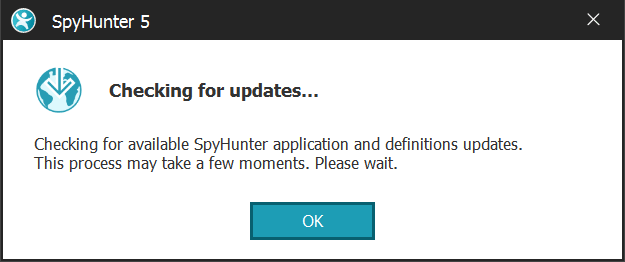

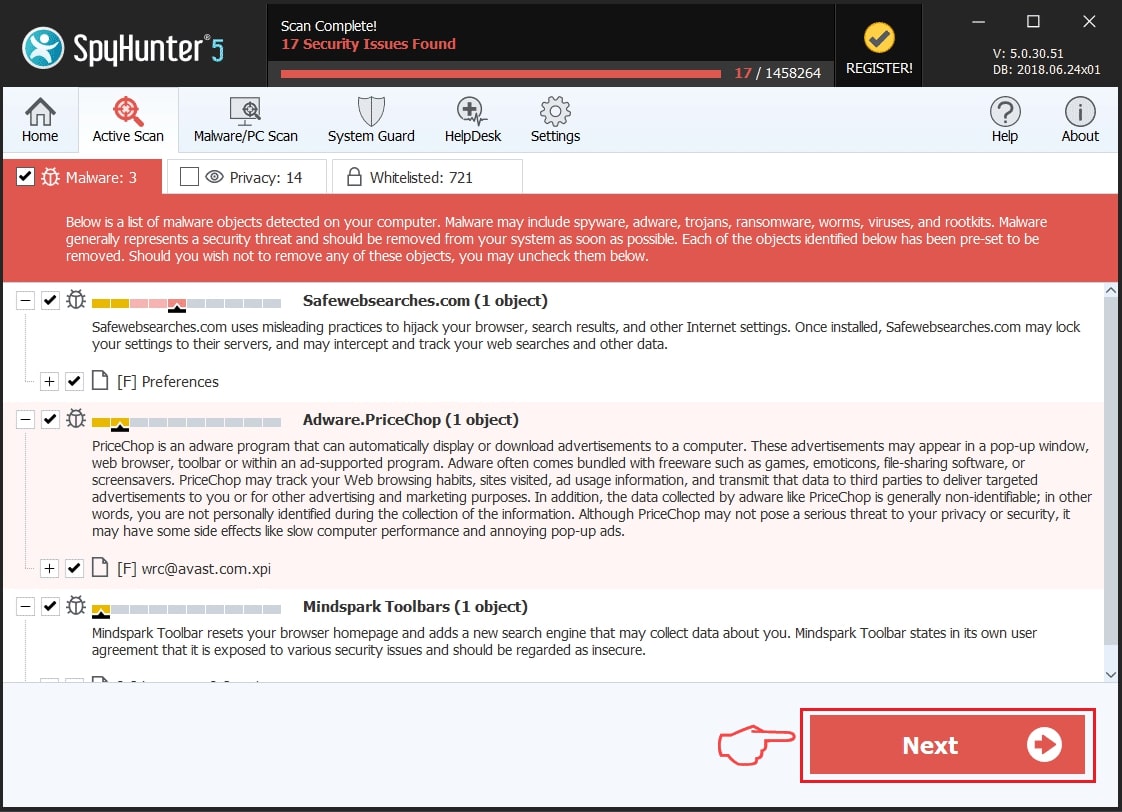
Step 2: Clean any registries, created by SpacePop.exe on your computer.
The usually targeted registries of Windows machines are the following:
- HKEY_LOCAL_MACHINE\Software\Microsoft\Windows\CurrentVersion\Run
- HKEY_CURRENT_USER\Software\Microsoft\Windows\CurrentVersion\Run
- HKEY_LOCAL_MACHINE\Software\Microsoft\Windows\CurrentVersion\RunOnce
- HKEY_CURRENT_USER\Software\Microsoft\Windows\CurrentVersion\RunOnce
You can access them by opening the Windows registry editor and deleting any values, created by SpacePop.exe there. This can happen by following the steps underneath:
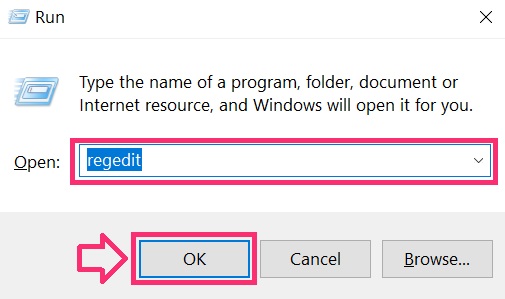

 Tip: To find a virus-created value, you can right-click on it and click "Modify" to see which file it is set to run. If this is the virus file location, remove the value.
Tip: To find a virus-created value, you can right-click on it and click "Modify" to see which file it is set to run. If this is the virus file location, remove the value.Step 3: Find virus files created by SpacePop.exe on your PC.
1.For Windows 8, 8.1 and 10.
For Newer Windows Operating Systems
1: On your keyboard press + R and write explorer.exe in the Run text box and then click on the Ok button.

2: Click on your PC from the quick access bar. This is usually an icon with a monitor and its name is either “My Computer”, “My PC” or “This PC” or whatever you have named it.

3: Navigate to the search box in the top-right of your PC's screen and type “fileextension:” and after which type the file extension. If you are looking for malicious executables, an example may be "fileextension:exe". After doing that, leave a space and type the file name you believe the malware has created. Here is how it may appear if your file has been found:
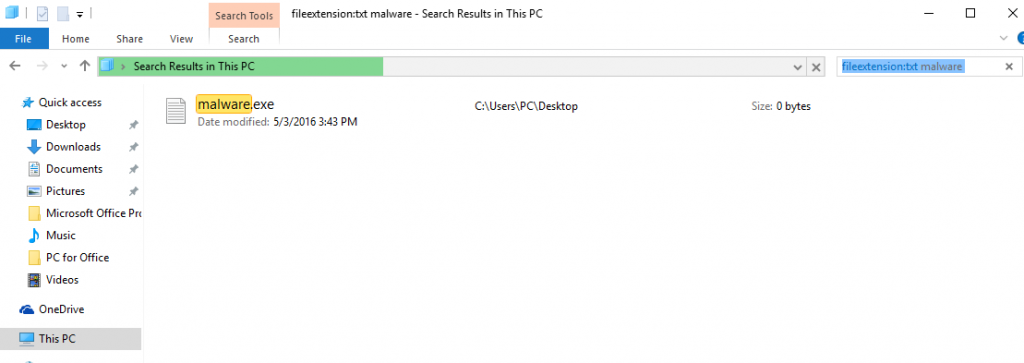
N.B. We recommend to wait for the green loading bar in the navigation box to fill up in case the PC is looking for the file and hasn't found it yet.
2.For Windows XP, Vista, and 7.
For Older Windows Operating Systems
In older Windows OS's the conventional approach should be the effective one:
1: Click on the Start Menu icon (usually on your bottom-left) and then choose the Search preference.
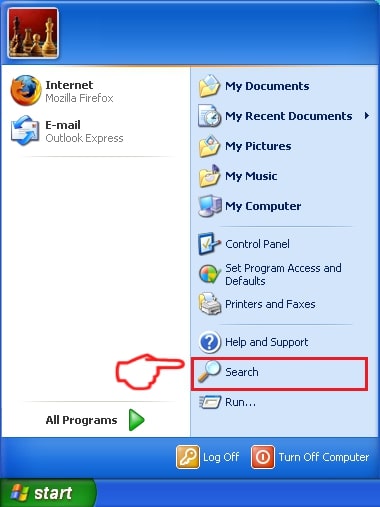
2: After the search window appears, choose More Advanced Options from the search assistant box. Another way is by clicking on All Files and Folders.

3: After that type the name of the file you are looking for and click on the Search button. This might take some time after which results will appear. If you have found the malicious file, you may copy or open its location by right-clicking on it.
Now you should be able to discover any file on Windows as long as it is on your hard drive and is not concealed via special software.
SpacePop.exe FAQ
What Does SpacePop.exe Trojan Do?
The SpacePop.exe Trojan is a malicious computer program designed to disrupt, damage, or gain unauthorized access to a computer system. It can be used to steal sensitive data, gain control over a system, or launch other malicious activities.
Can Trojans Steal Passwords?
Yes, Trojans, like SpacePop.exe, can steal passwords. These malicious programs are designed to gain access to a user's computer, spy on victims and steal sensitive information such as banking details and passwords.
Can SpacePop.exe Trojan Hide Itself?
Yes, it can. A Trojan can use various techniques to mask itself, including rootkits, encryption, and obfuscation, to hide from security scanners and evade detection.
Can a Trojan be Removed by Factory Reset?
Yes, a Trojan can be removed by factory resetting your device. This is because it will restore the device to its original state, eliminating any malicious software that may have been installed. Bear in mind that there are more sophisticated Trojans that leave backdoors and reinfect even after a factory reset.
Can SpacePop.exe Trojan Infect WiFi?
Yes, it is possible for a Trojan to infect WiFi networks. When a user connects to the infected network, the Trojan can spread to other connected devices and can access sensitive information on the network.
Can Trojans Be Deleted?
Yes, Trojans can be deleted. This is typically done by running a powerful anti-virus or anti-malware program that is designed to detect and remove malicious files. In some cases, manual deletion of the Trojan may also be necessary.
Can Trojans Steal Files?
Yes, Trojans can steal files if they are installed on a computer. This is done by allowing the malware author or user to gain access to the computer and then steal the files stored on it.
Which Anti-Malware Can Remove Trojans?
Anti-malware programs such as SpyHunter are capable of scanning for and removing Trojans from your computer. It is important to keep your anti-malware up to date and regularly scan your system for any malicious software.
Can Trojans Infect USB?
Yes, Trojans can infect USB devices. USB Trojans typically spread through malicious files downloaded from the internet or shared via email, allowing the hacker to gain access to a user's confidential data.
About the SpacePop.exe Research
The content we publish on SensorsTechForum.com, this SpacePop.exe how-to removal guide included, is the outcome of extensive research, hard work and our team’s devotion to help you remove the specific trojan problem.
How did we conduct the research on SpacePop.exe?
Please note that our research is based on an independent investigation. We are in contact with independent security researchers, thanks to which we receive daily updates on the latest malware definitions, including the various types of trojans (backdoor, downloader, infostealer, ransom, etc.)
Furthermore, the research behind the SpacePop.exe threat is backed with VirusTotal.
To better understand the threat posed by trojans, please refer to the following articles which provide knowledgeable details.


